National giving campaign launched - updated
Posted on 28 May 2025
A national philanthropy campaign aimed at redefining how Australians can give more to help those…
Posted on 21 Nov 2024
By Greg Thom, journalist, Institute of Community Directors Australia
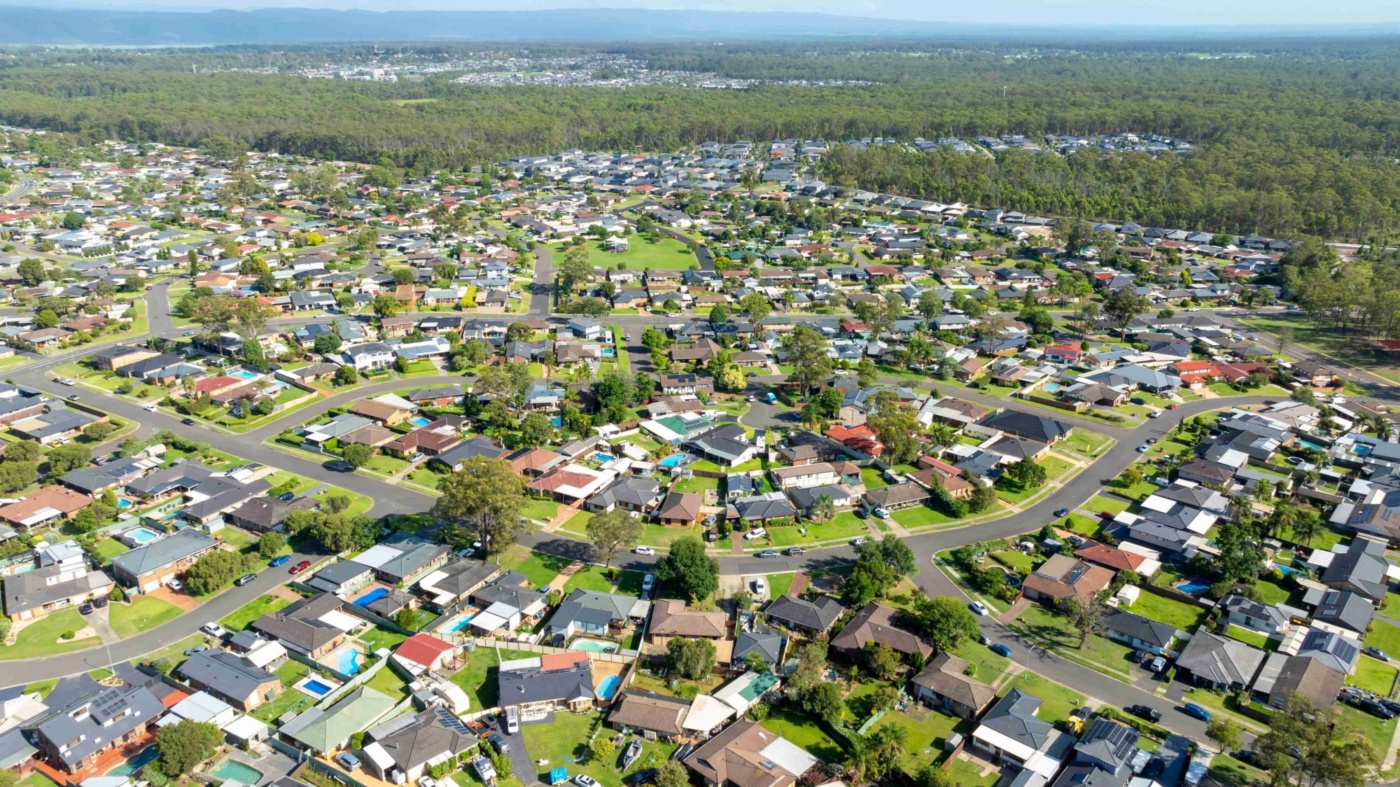
An estimated one in five Australians don’t have adequate access to doctors, schools and sports facilities.
A nationwide study conducted for the National Growth Areas Alliance (NGAA) revealed infrastructure spending by state and federal governments had failed to keep pace in the areas where the nation’s population is growing the fastest.
The state-by-state analysis revealed alarming infrastructure gaps between established suburbs and high-growth outer suburban areas of Australia’s cities.
The research, which was conducted by the RMIT Australian Urban Observatory, found that despite hosting population numbers increasing at twice the national average, high growth areas have significantly lower rates of social infrastructure access than established areas of capital cities in areas including:
The study revealed Victoria has the biggest deficits across three out of four areas measured, including a 53.3% gap in access to health care, a 75.7% gap in sports and leisure facilities and a 77.1% gap in access to arts and culture centres.
Queensland recorded the biggest gap (27.4%) in access to government-run primary and secondary schools, childcare and out of school hours care.
“Without proper access to basic social infrastructure, these families are being set up to fail.”
The report’s findings come as state governments respond to the housing affordability crisis by looking to build more than 250,000 homes in the next five years, many of them in high-growth areas – areas expected to account for 59% of Australia’s population growth.
NGAA CEO Bronwen Clark said that with high-growth areas on track to house seven million people by 2031, it was vital existing issues in infrastructure funding and development are fixed now before new communities are built without the amenities they need to thrive.

“Growth areas are currently home to 5.6 million people who have come to these cities and suburbs on the promise of living the Australian dream of home ownership with room for kids to play in the yard,” said Clark.
“Without proper access to basic social infrastructure, these families are being set up to fail.”
Clark said with growth areas expected to accommodate the bulk of Australia’s population boom in the next six years, it was vital governments move quickly to fix the blind spots in infrastructure investment.
“That’s how we’ll fully realise the potential of these suburbs to solve the housing crisis, without creating new crises for future generations.”
The NGAA used the report’s findings to launch a new funding model at Parliament House in Canberra this week.
The blueprint includes recommendations for both major parties on how they can meet the needs of high-growth communities and win their support in the run-up to the federal election.
“The research focuses on access to a range of social infrastructure, which are predeterminants of health, wealth and happiness for our communities,” said Clark.
“Our funding model outlines the need for increased investment in infrastructure and a whole-of-government approach to its implementation. It’s an opportunity for the major parties to show these voters they are committed to them in the lead-up to the election.”
With growth areas in at least 14 marginal seats across the nation, Clark said there is good reason for politicians to listen to the concerns of residents.
“Growth areas are the potential swing suburbs and cities that could define next year’s federal election,” she said.
Homelessness services close doors in the face of overwhelming demand: report
Posted on 28 May 2025
A national philanthropy campaign aimed at redefining how Australians can give more to help those…

Posted on 05 Mar 2025
This year’s social impact high achievers come from a family dispute resolution service, a…
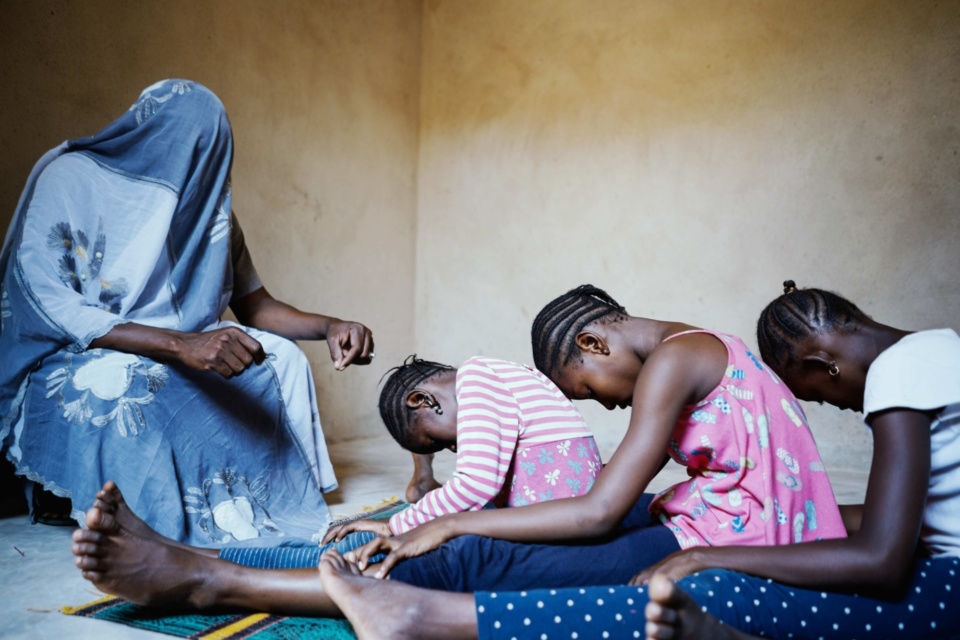
Posted on 05 Mar 2025
An alarming epidemic of weaponised gender-based violence is silently escalating in the shadows of…

Posted on 17 Feb 2025
A new report has called for the introduction of a legally enforceable right to housing across the…

Posted on 15 Feb 2025
Bitterly disappointed charities have slammed the passing of new electoral reforms they claim will…

Posted on 14 Feb 2025
The Trump administration's gutting of USAID threatens to undermine decades of progress in…
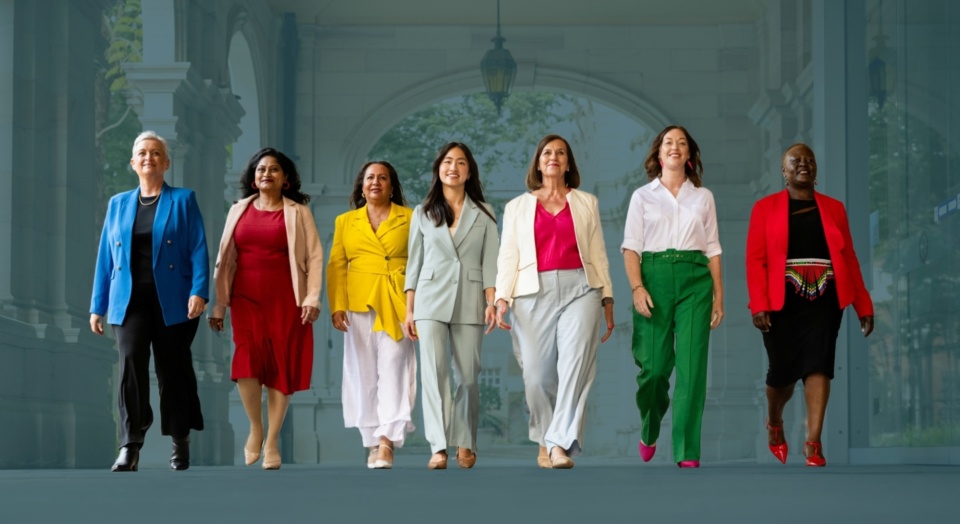
Posted on 13 Feb 2025
While Australia has had some trailblazing female politicians over the years, the road to political…
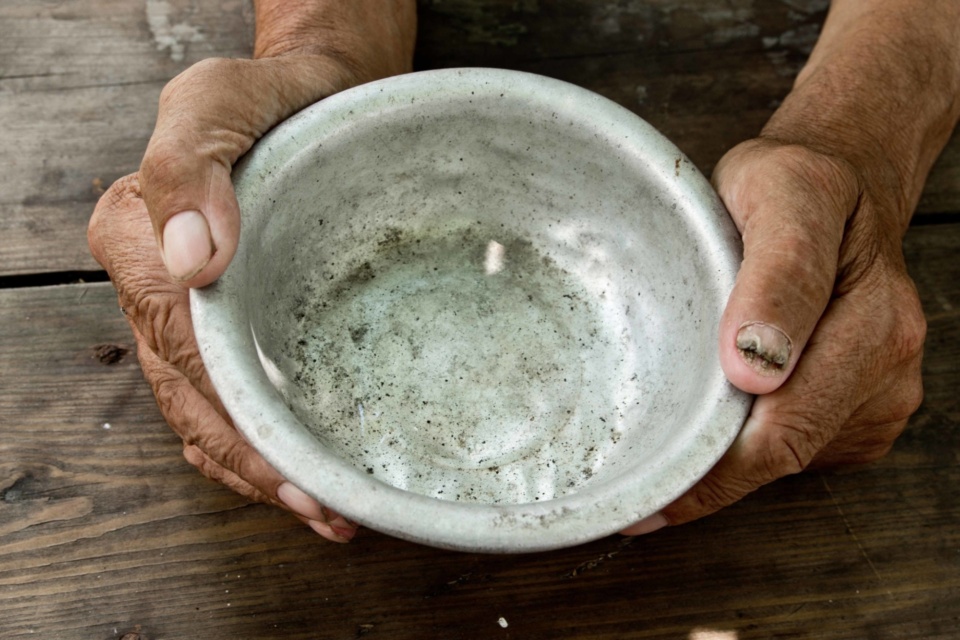
Posted on 12 Feb 2025
The election of Donald Trump as US president is an expression of a pervasive cultural shift away…

Posted on 11 Feb 2025
Charity and not-for-profit organisations have banded together to voice their concerns that the…
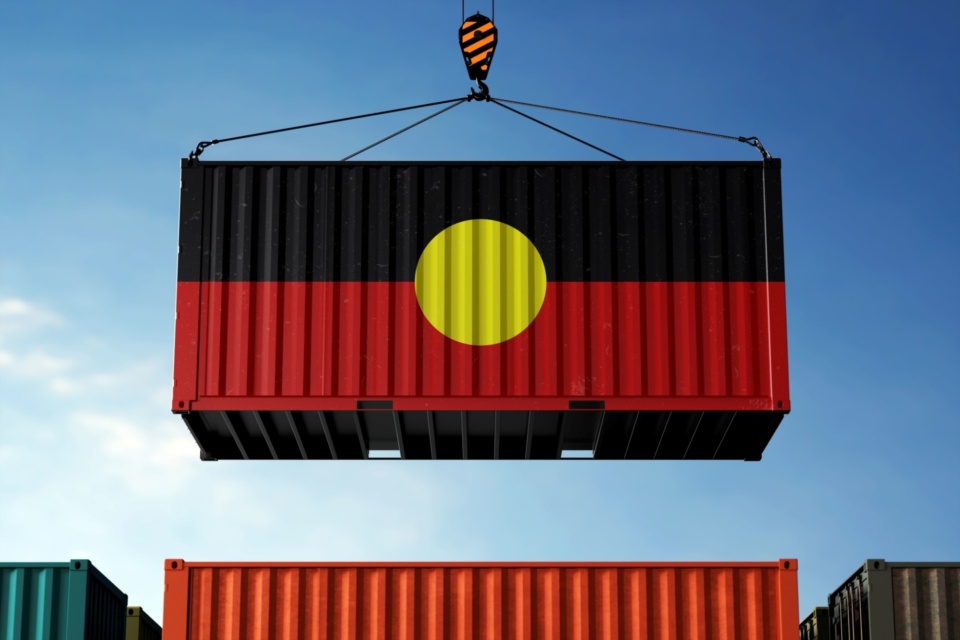
Posted on 10 Feb 2025
The hiring Indigenous business managers by non-Indigenous businesses can help close the employment…

Posted on 10 Feb 2025
The targeting of a Geelong food relief charity by brazen thieves who cleaned out the organisation's…

Posted on 10 Feb 2025
Australian parents are banding together to ensure their kids are not robbed of their childhoods by…